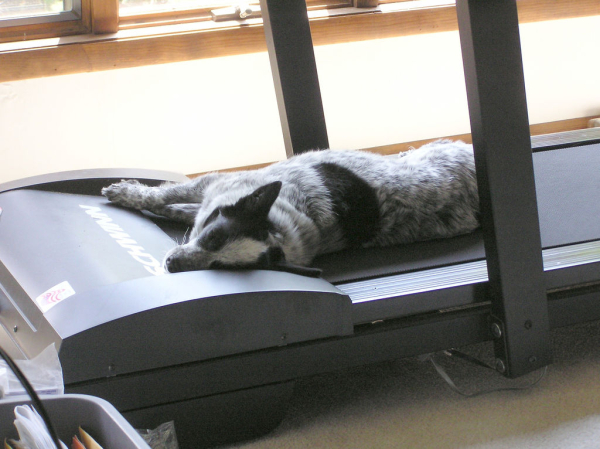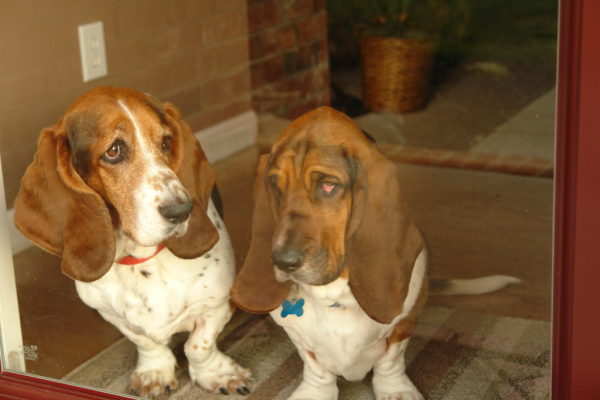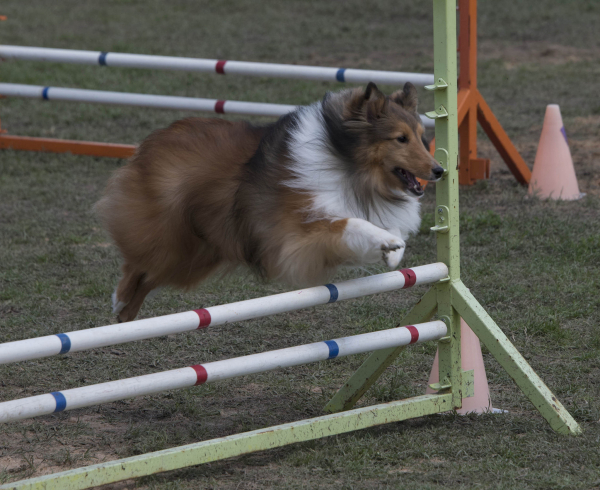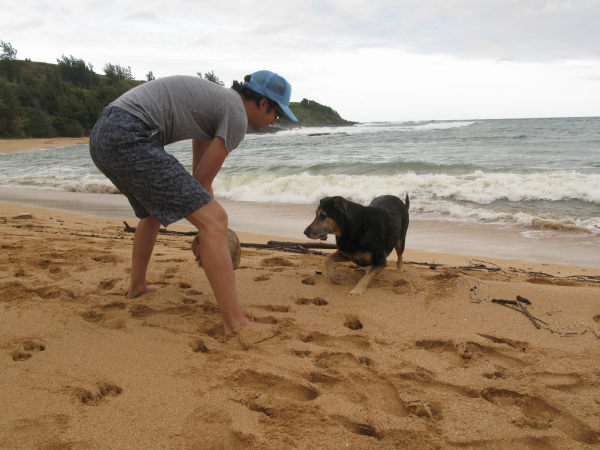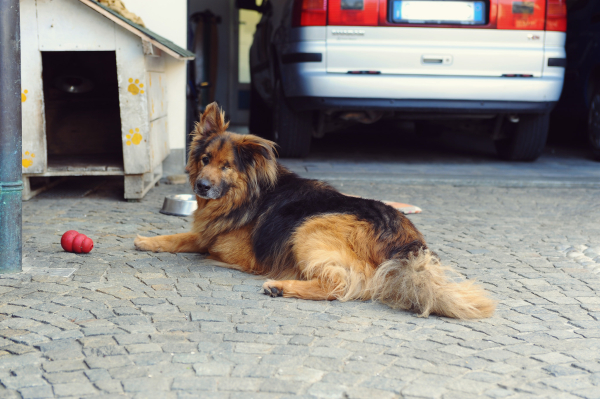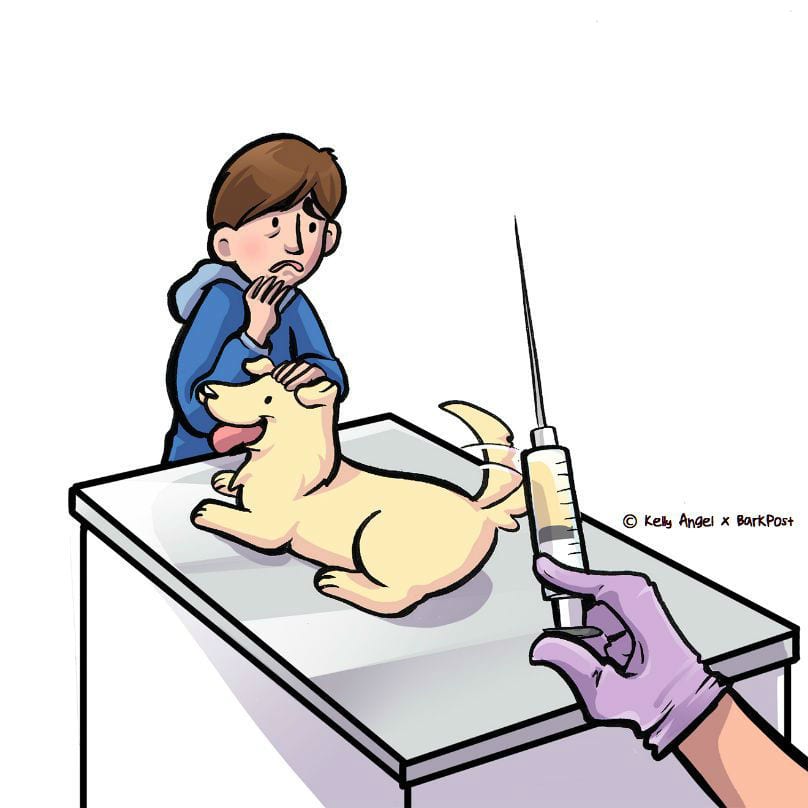We all know how easy it is to let our fitness plans fall by the wayside. We start out with the best of intentions, then our meeting runs a little long or the weather turns crummy…and just like that, we’re on the couch with a bag of Munchos instead of at the gym on the treadmill.
Consider how often we inadvertently cheat our dogs out of their daily exercise. Our crazy day to day routines make it difficult to make healthy choices for ourselves; finding the time to give our pets the amount of daily activity they need can be next to impossible.
Unfortunately, every time we skimp on our dogs’ daily walk, or put off a play session, it adds up to more pounds on our pups. The American Society For The Prevention Of Cruelty To Animals reports that one out of four American dogs are now considered obese causing more and more health concerns like heart disease and diabetes.
Dr. Kat Miller is an animal behaviorist for the ASPCA, and has seen the negative impact that lack of exercise has on the mental well being of our dogs, as well as their physical health. “There are so many under-exercised and under-entertained dogs and that’s resulting in medical and destructive behavioral problems.”
Veterinarians and behaviorists agree that on average, dogs should participate in one hour of exercise per day in order to achieve maximum mental and physical well being. But before you decide to implement a new fitness regimen for your dog, there are several things to consider.
Genetic factors, age, and current health should all play a role in determining the best workout plan for your pooch. Be sure to consult with your veterinarian before starting a new exercise plan.
Breed plays a large role in a dog’s ability to endure physical activity. For example, Pugs and English Bulldogs are at a disadvantage due to their shortened, narrow nostrils and elongated soft palates. A short, vigorous walk during the coolest time of day is a good choice for these respiratory challenged fuzz butts.
On the other paw, breeds that were born to run, jump, dig, retrieve and herd are quite another story. Jack Russell Terriers, Border Collies and Golden Retrievers not only have a higher tolerance for exercise, they thrive on it. In fact, many cases of anxiety and behavioral issues in high energy breeds can be alleviated by more physical activity and social interaction.
Agility training is an excellent solution for many active breeds, and can be great fun for both pup and pawrent. For dogs who need low impact activity, swimming expends lots of energy and is actually therapeutic for sore joints (working breeds love it, too!)
No matter what breed you have, be sure to consider your dog’s age when deciding on a fitness plan. Puppies are developing at a rapid rate so less taxing activities are best. Short, frequent walks, swimming, and mentally stimulating play sessions are perfect for growing minds and bodies.
Adult dogs have far more options as long as they are healthy. A rousing game of fetch or a long hike on a cool morning may be the perfect fit for your pooch. Celebrity dog trainer Sarah Wilson warns that rough group play sessions at dog parks and day cares have the highest risk for injuries.
When our best four legged friends reach the senior stage exercise is still important, maybe more so. As in humans, staying active can help with arthritis pain and prevent packing on the pounds when metabolism slows.
Just because they are slower and less flexible, most seniors still love to play. Try indoor games to stimulate mental acuity and keep your pal sharp. Tug of War, Hide and Seek with treats or favorite toys, or one of many puzzle toys are excellent options for older dogs.
Choose a routine that is fun and beneficial for both your dog and yourself. This will help ensure that you stick with it.
Finally, be sure your dog is healthy enough to begin a new exercise regimen. A routine exam with your vet can determine if your pooch is experiencing any joint, heart, or respiratory issues that must be taken into account.
H/T to Forbes, Featured Image via @skovfarmens

